Many animals, including walruses, penguins and monkeys, huddle in groups to keep warm. The centre of a huddle of Emperor penguins can reach 24℃ when the air temperature is as low as -40℃!
Watch a video about how huddling works here!
Many animals, including walruses, penguins and monkeys, huddle in groups to keep warm. The centre of a huddle of Emperor penguins can reach 24℃ when the air temperature is as low as -40℃!
Watch a video about how huddling works here!
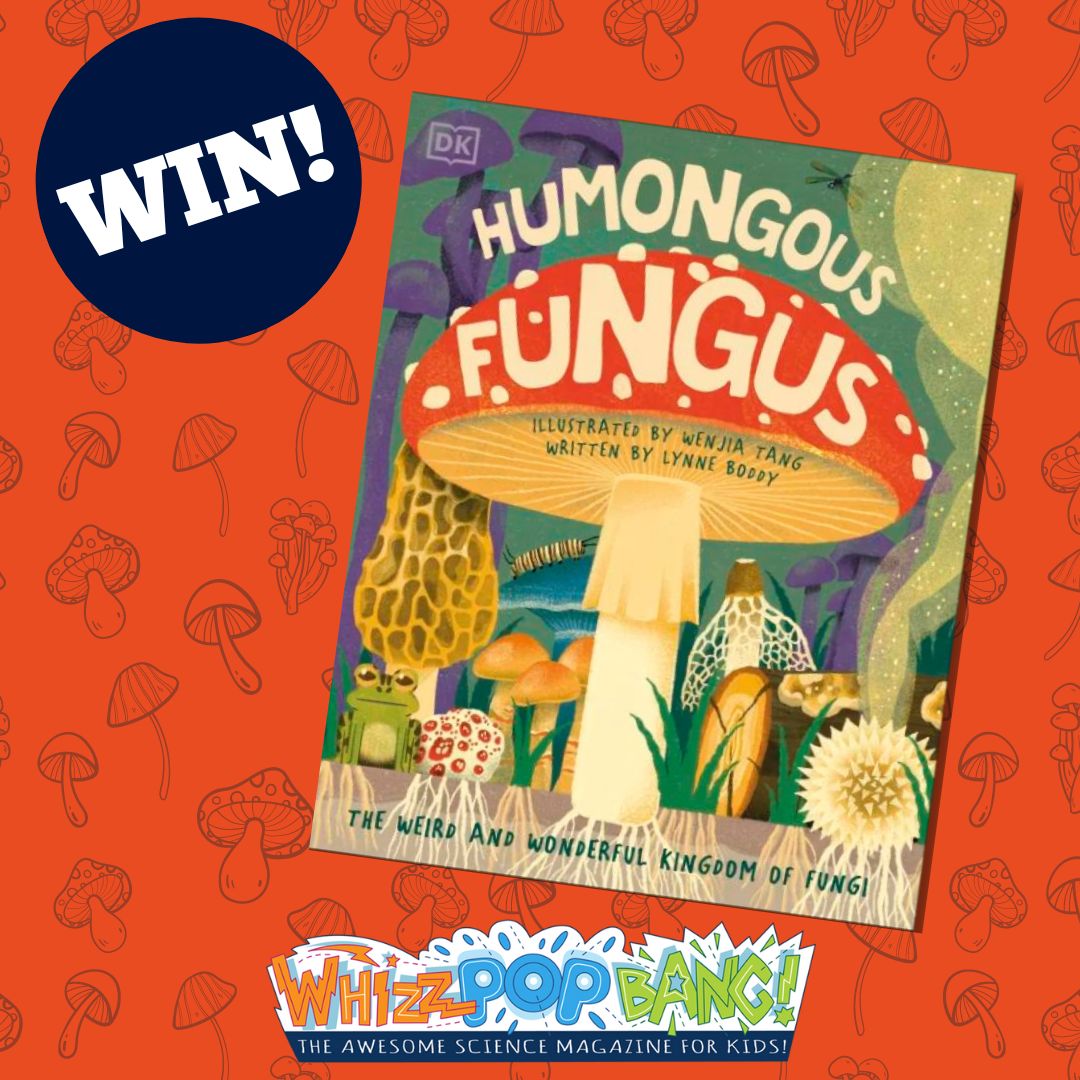
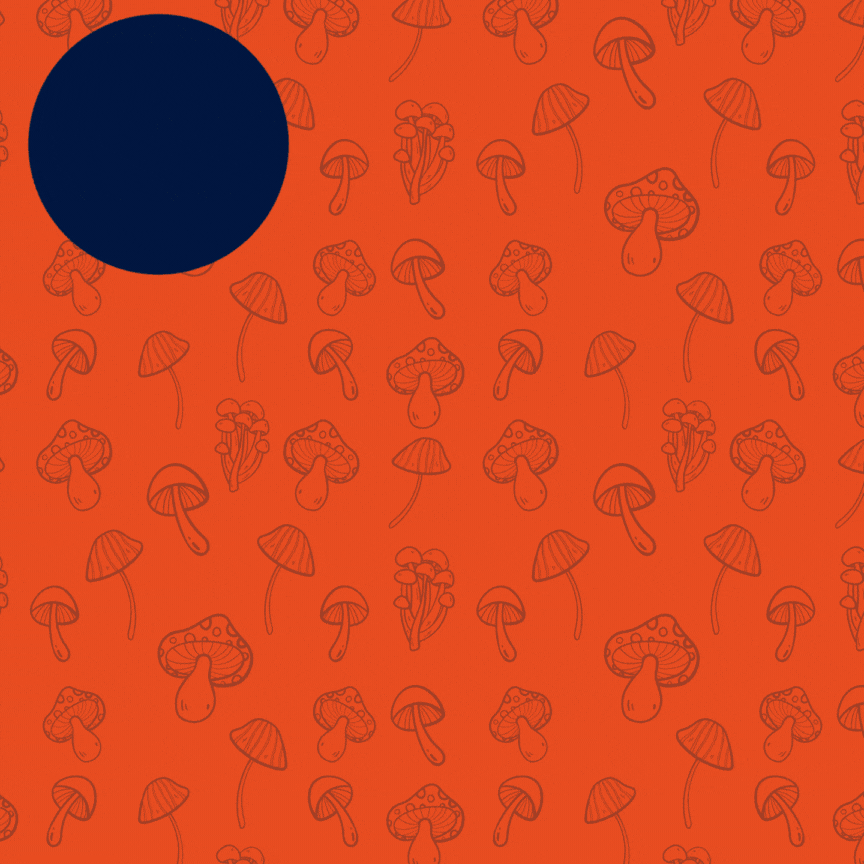
Professor Lynne Boddy is a woodland fungi expert at Cardiff University and she told us all about her amazing career in Whizz Pop Bang 99: Fantastic Fungi.
Lynne has written a beautiful book, Humungous Fungus, an exploration of all things fungi which will amaze young readers, and open their eyes to the fungi thriving all around them and we’ve got four copies to give away!
Simply answer this question in the comments for your chance to win a book.
Which one is a part of a mushroom?
a) Gill
b) Hill
c) Spill
Good luck!
This competition closes at midnight on 31st October 2023 and is open for UK residents only. For full terms and conditions visit whizzpopbang.com/terms
Humongous Fungus, written by Lynne Boddy and illustrated by Wenjia Tang. DK, £12.99. Out Now.


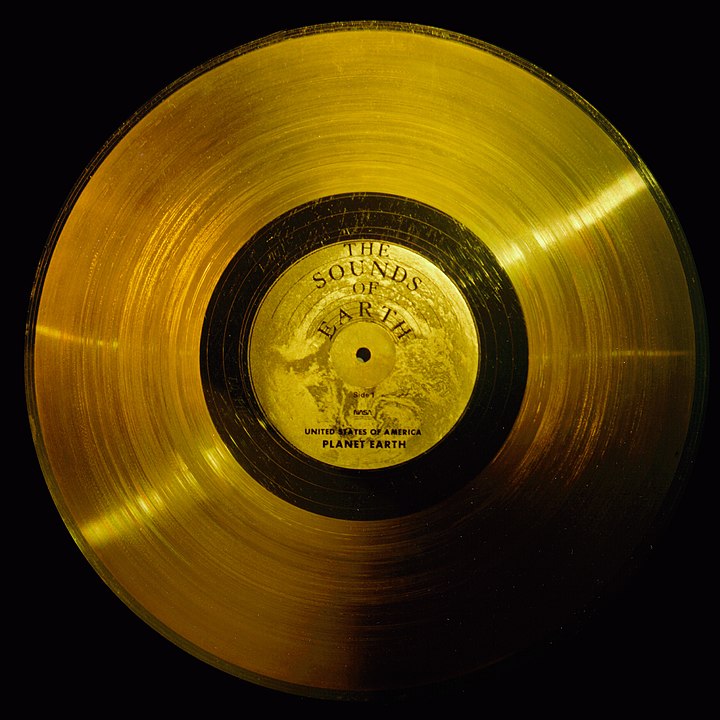
Carl Sagan was an astronomer, planetary scientist, cosmologist, astrophysicist, professor and science communicator who was fascinated by extra-terrestrial life. You can read about him in Whizz Pop Bang 98: Aliens!
Carl was involved in American space exploration since it began in the 1950s. He put together messages that were sent into outer space in the 1970s on the Voyager Golden Record.
Read more about space in these out-of-this-world issues of Whizz Pop Bang!

Copies of the Golden Record were carried by Voyager I and Voyager II. They contained:
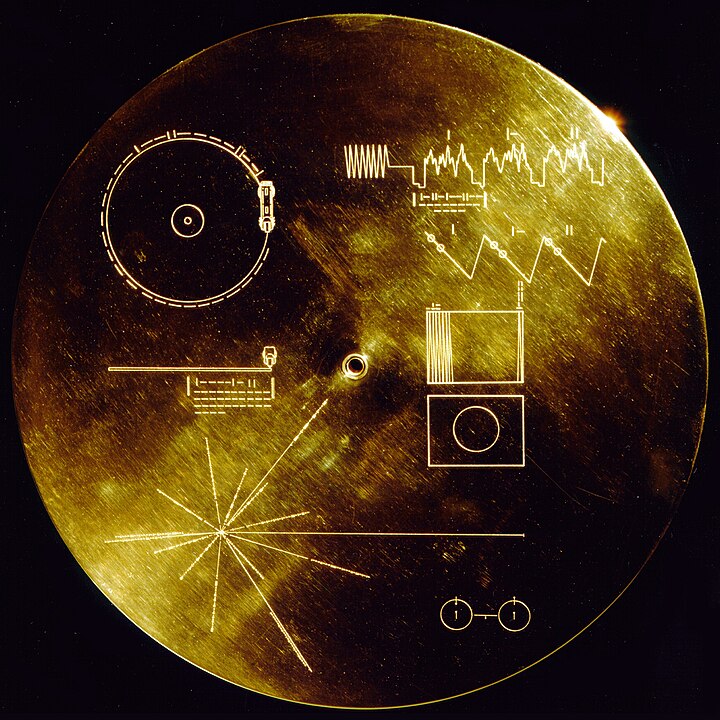
The discs contained diagrams that explain where Earth is and how to play the record. Scientists spent a long time working out how to communicate these messages to aliens!
Here are some examples of things that were included on Carl Sagan’s Golden Record. You can find a full list of everything that was included here.
We can’t include the photographs and diagrams included on the Golden Record because of copyright but you can see some of them here. These show some of the same subjects that featured on it.
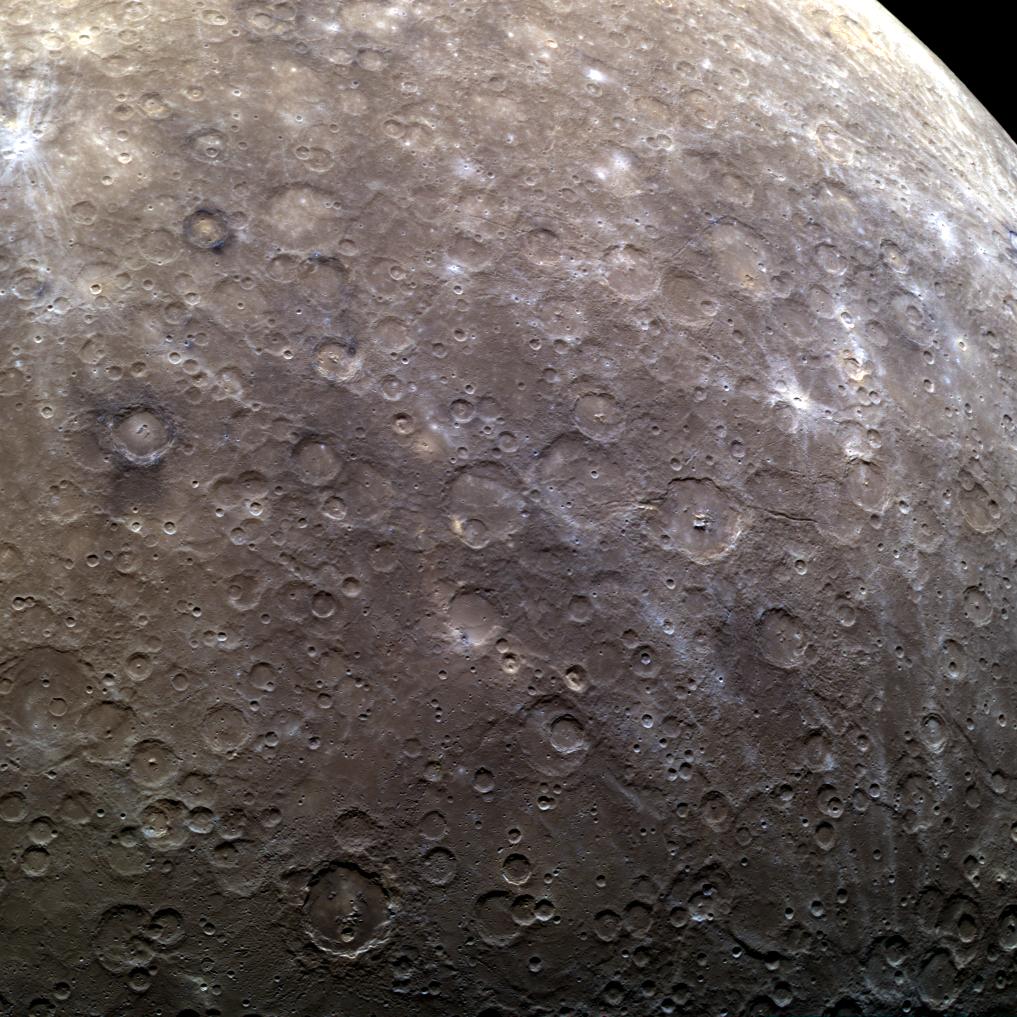
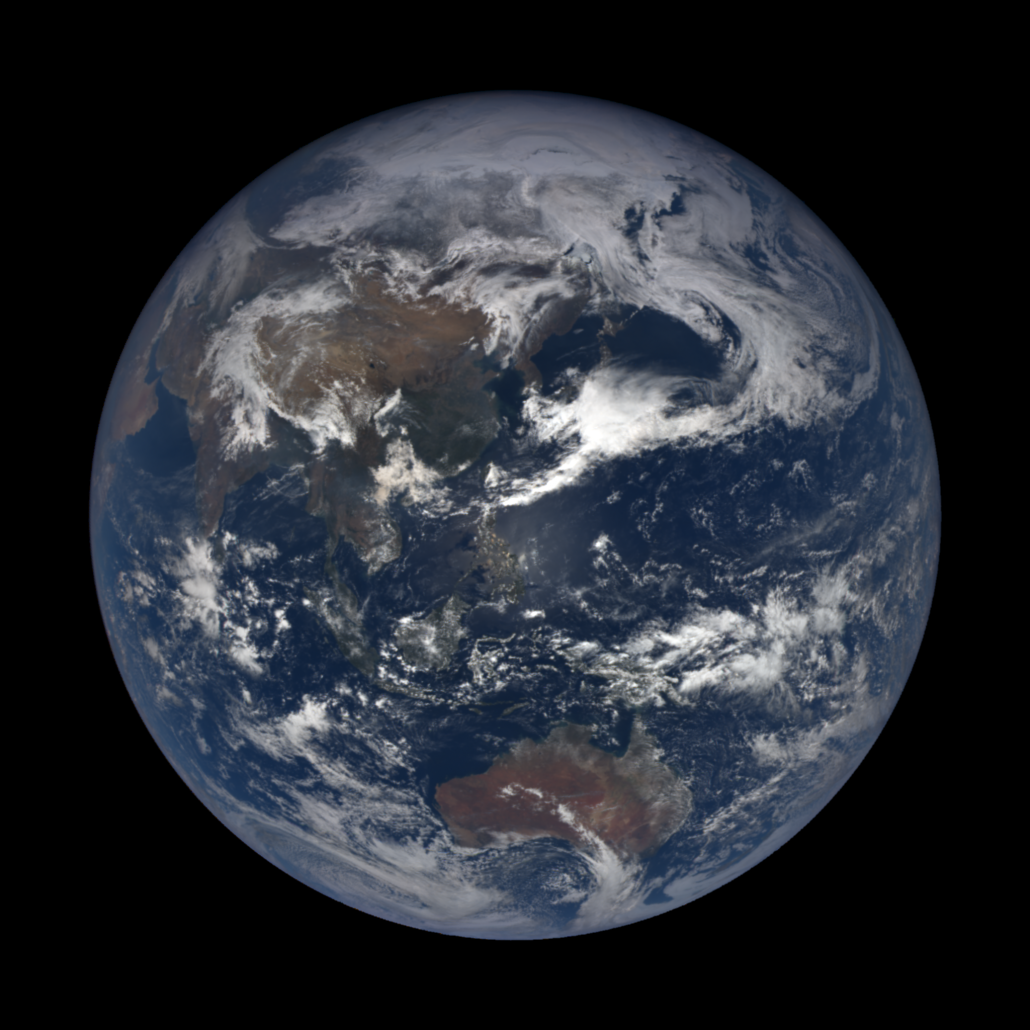
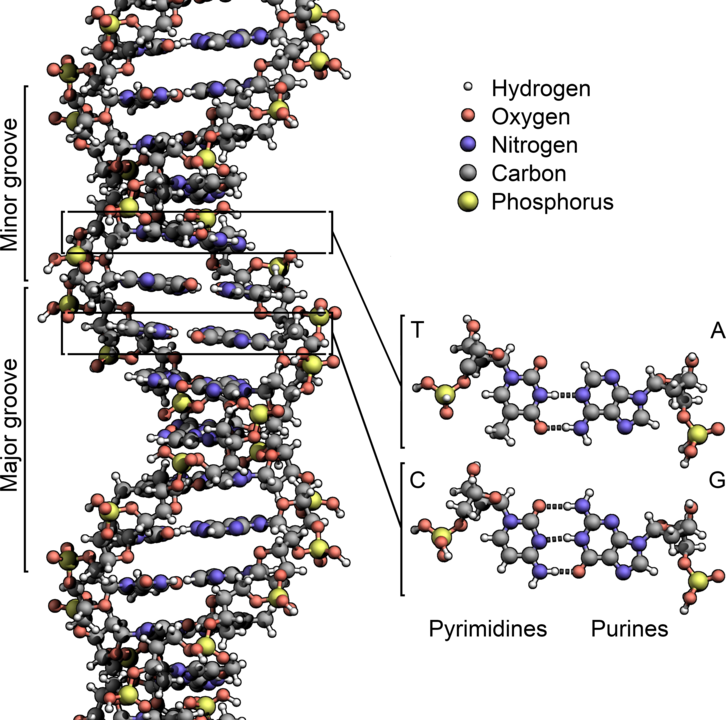


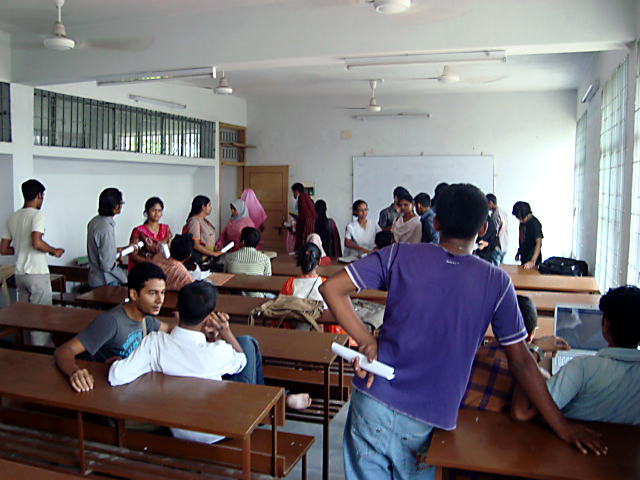
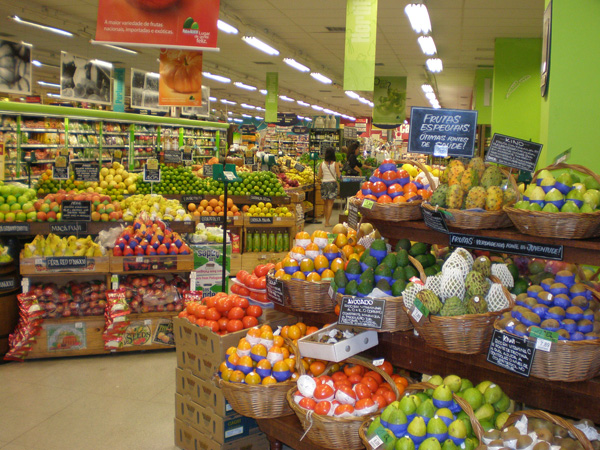
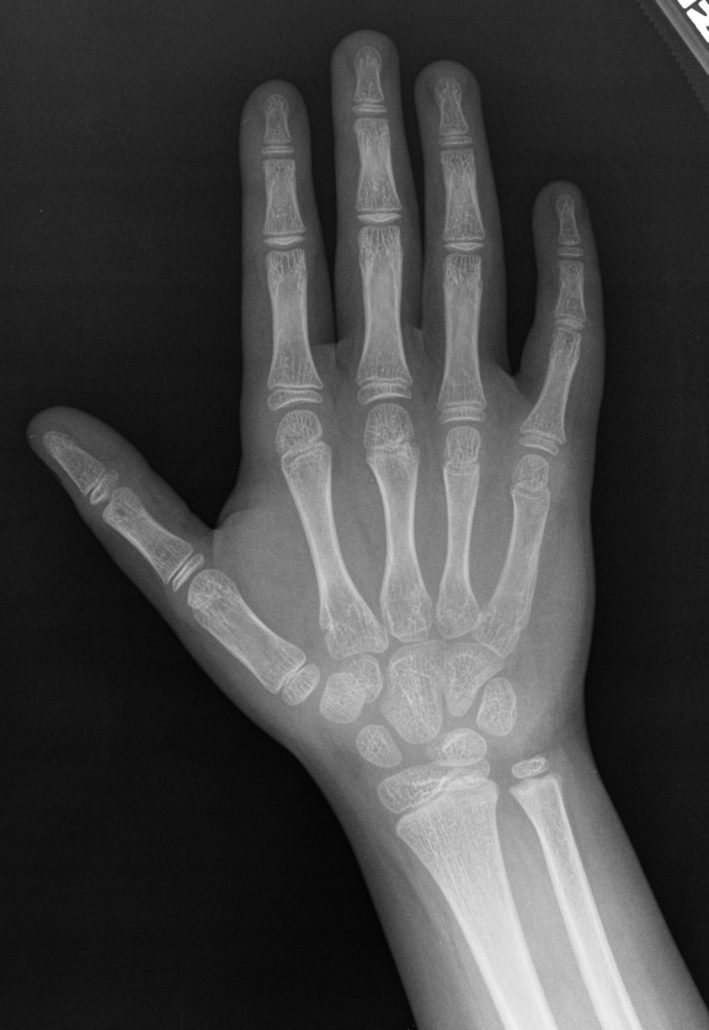


If you want to find out more about fantastic scientists like Carl Sagan, subscribe to Whizz Pop Bang, the awesomely amazing science magazine for kids! Learn about inspirational scientists of the past and present every issue – our readers are the in credible scientists of the future!


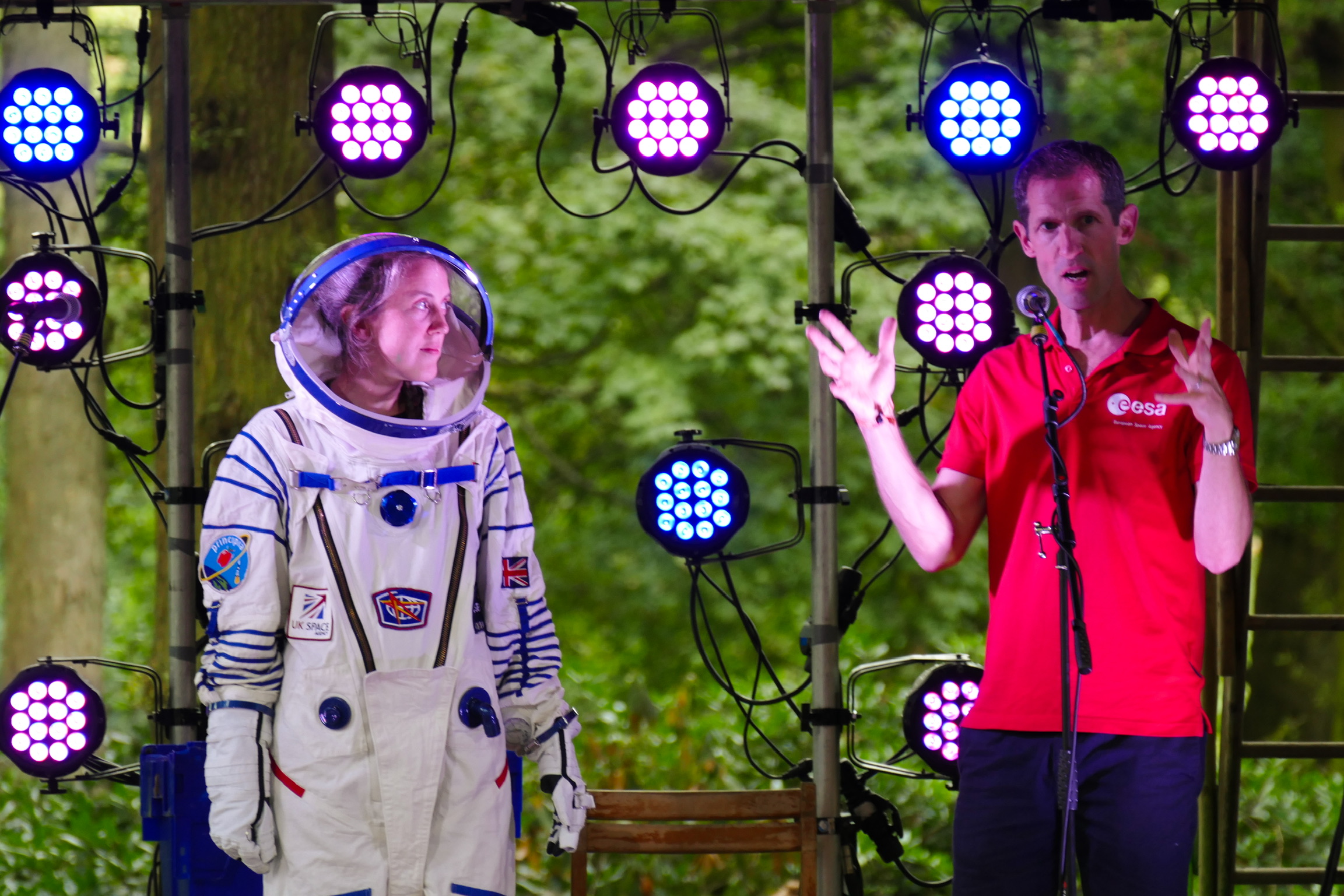
Team Whizz Pop Bang spent a wild weekend meeting hundreds of scientists-in-training at Just So Festival 2023. Thank you so much to Just So Festival for having us back again – we absolutely love being a part of this incredible event.
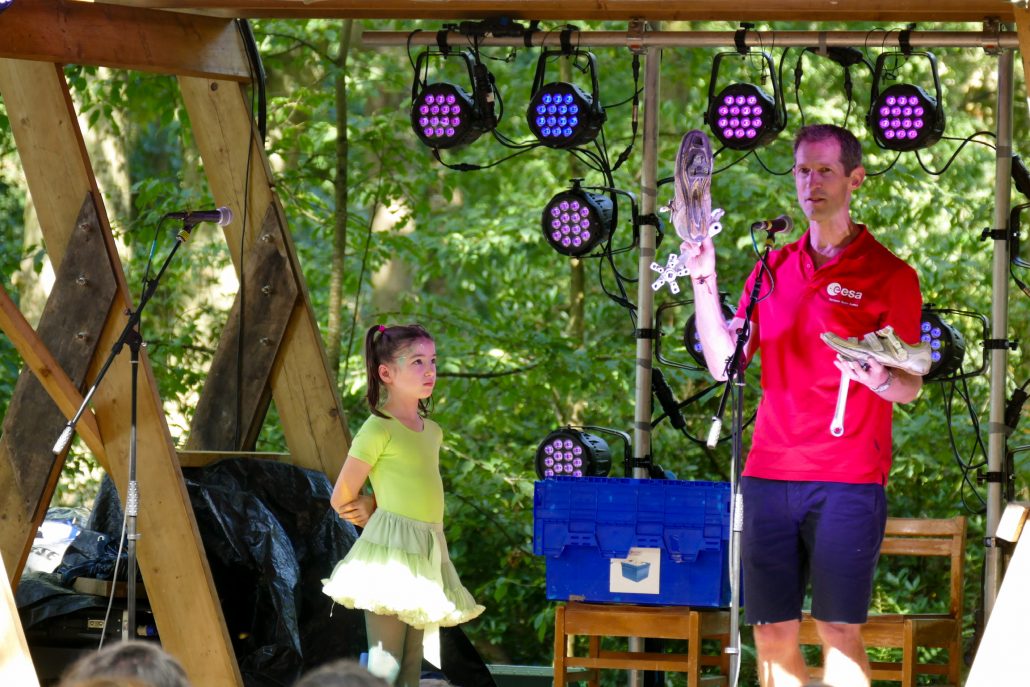
This year, we brought Jonathan Scott from the European Space Agency (ESA) along to share his amazing knowledge of staying fit and healthy in space. Jon works in the Space Medicine Team at ESA and he used his expert skills to run an Astronaut Training Camp.
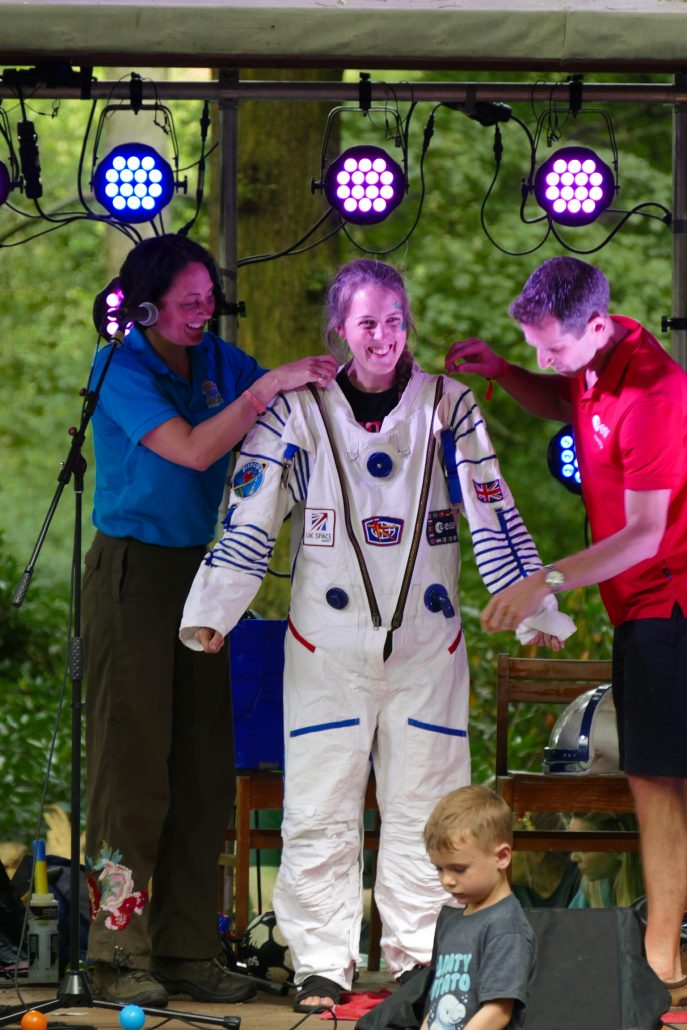
Jon brought a replica space suit along for Whizz Pop Bang fans to try on!
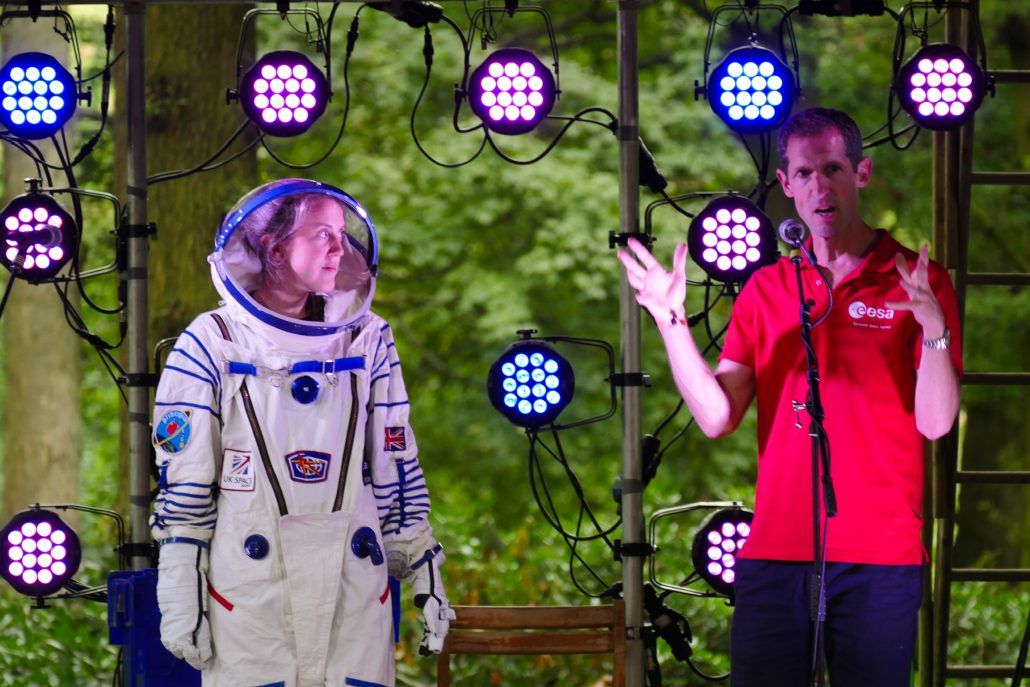
We were overwhelmed with the turn out for Jon’s talk and it was fantastic to see so many budding astronauts! A HUGE thank you to Jon, and to all of you who came and joined in the fun. We hope you picked up a thing or two about how astronauts stay fit and healthy on board the International Space Station.
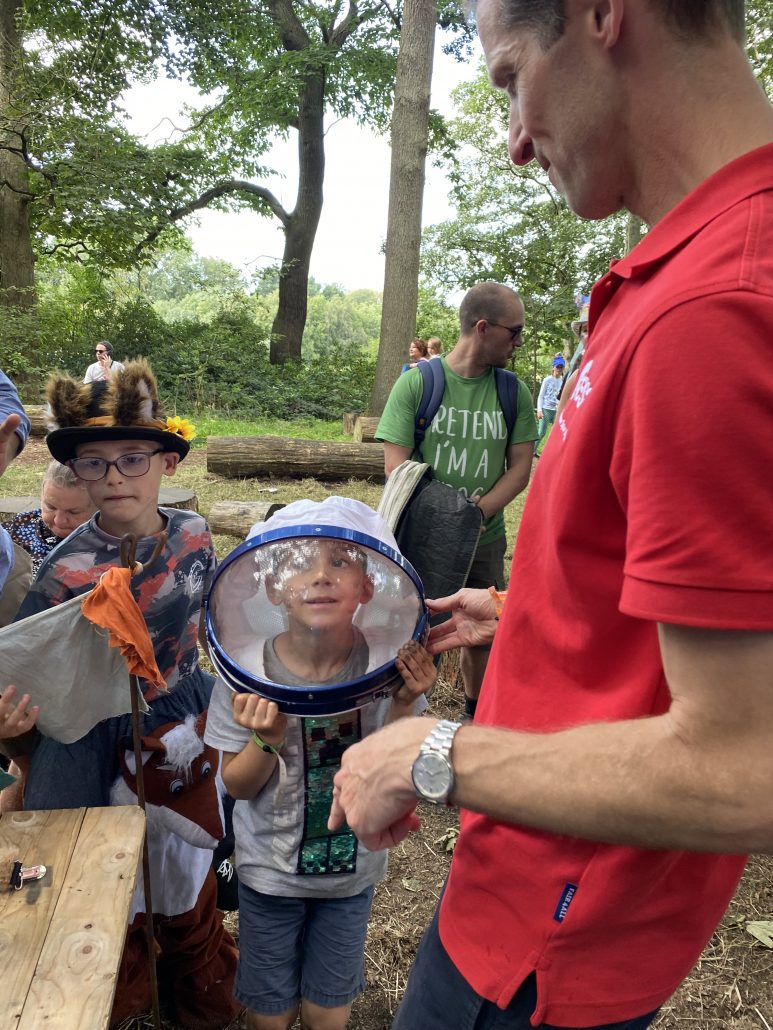
We also ran The Whizz Pop Bang Discovery Den, where young scientists could explore their five senses in some super-fun hands-on experiments.
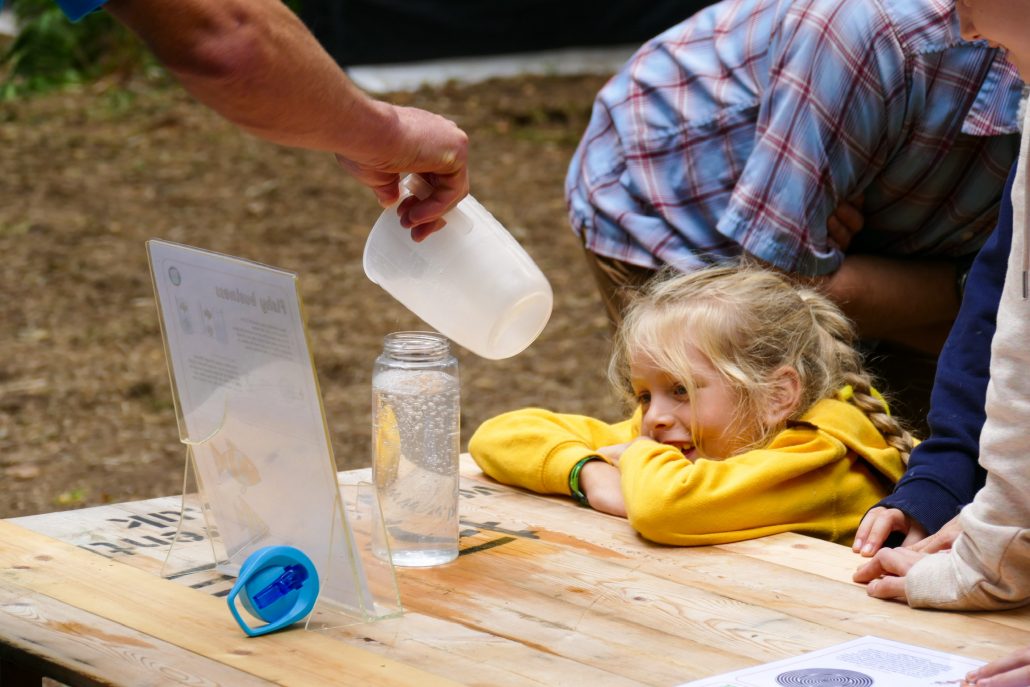
Children were invited to visit us in ‘The Future’ area in the woodland at Just So Festival and try five different activities linked to the senses.
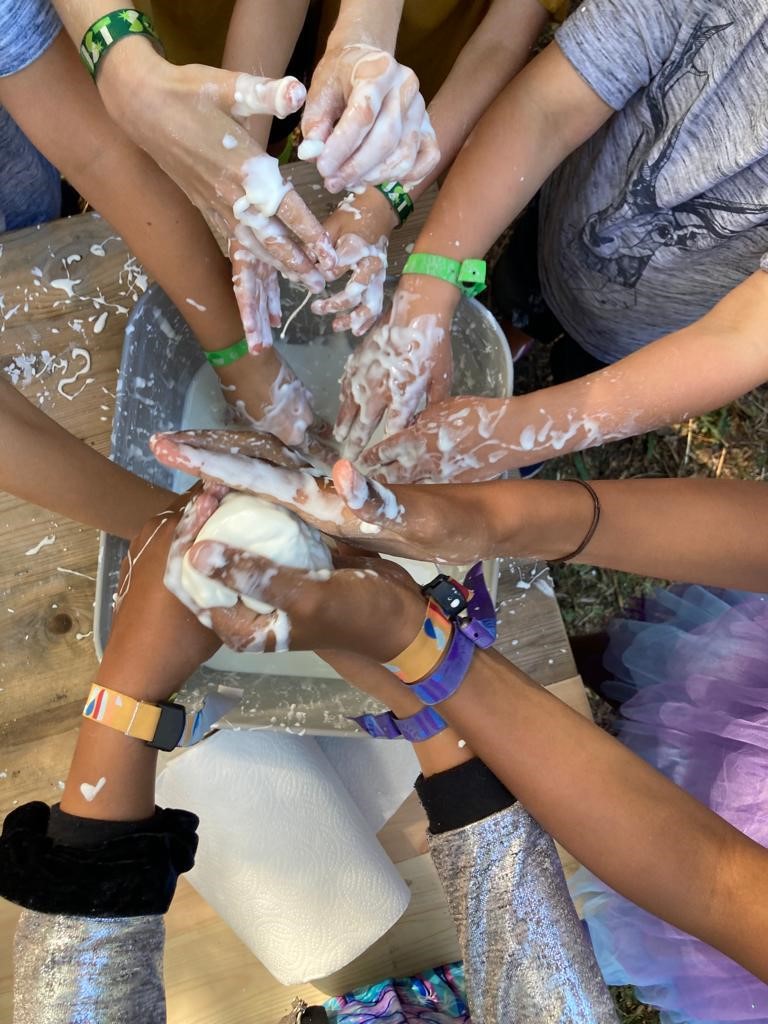
They learned some amazing facts, including:
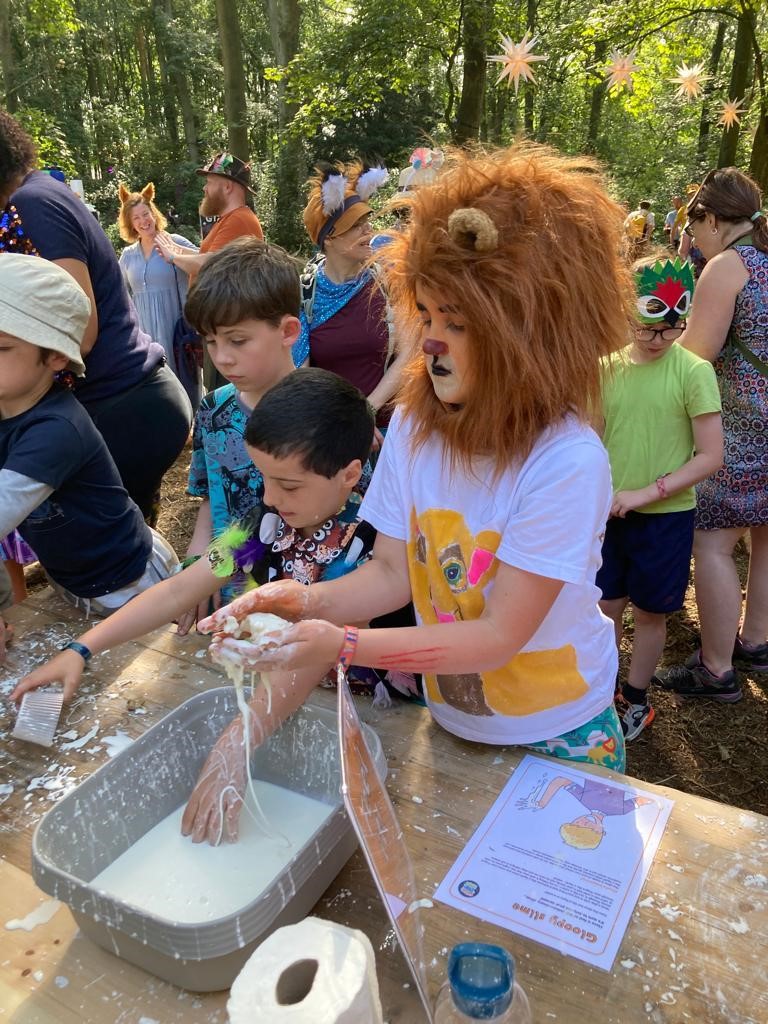
We hope to see lots of you at Just So Festival in future!


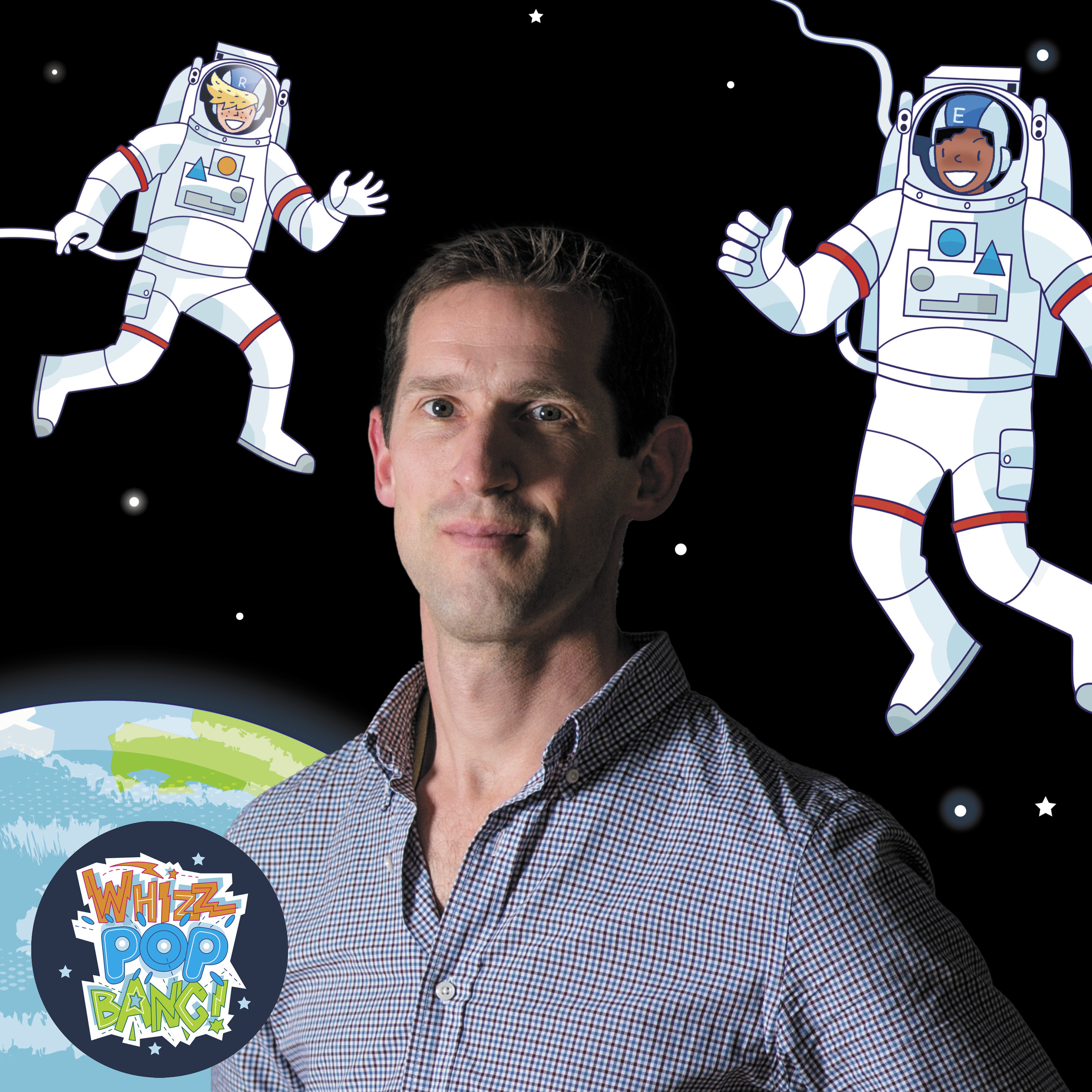
It’s not long until the fantastic Just So Festival kicks off – it’s running at Rode Hall, Cheshire on 18th – 20th August 2023. It’s an incredible outdoor adventure for families from bumps to great grandparents, and Whizz Pop Bang are so excited to be a part of the fun that’s in store!
The Whizz Pop Bang team are huge fans of this magical festival, and once again, we’re bringing a sprinkle of science to the programme!
Ever dreamed of becoming an astronaut when you grow up? Roll up for an action-packed talk by Jonathan Scott from the European Space Agency to discover the skills and techniques needed to stay healthy on board the International Space Station. Test out some astronaut training exercises, feel how gravity affects us here on Earth and check out a replica spacesuit!
Perfect for children aged 6 to 12.
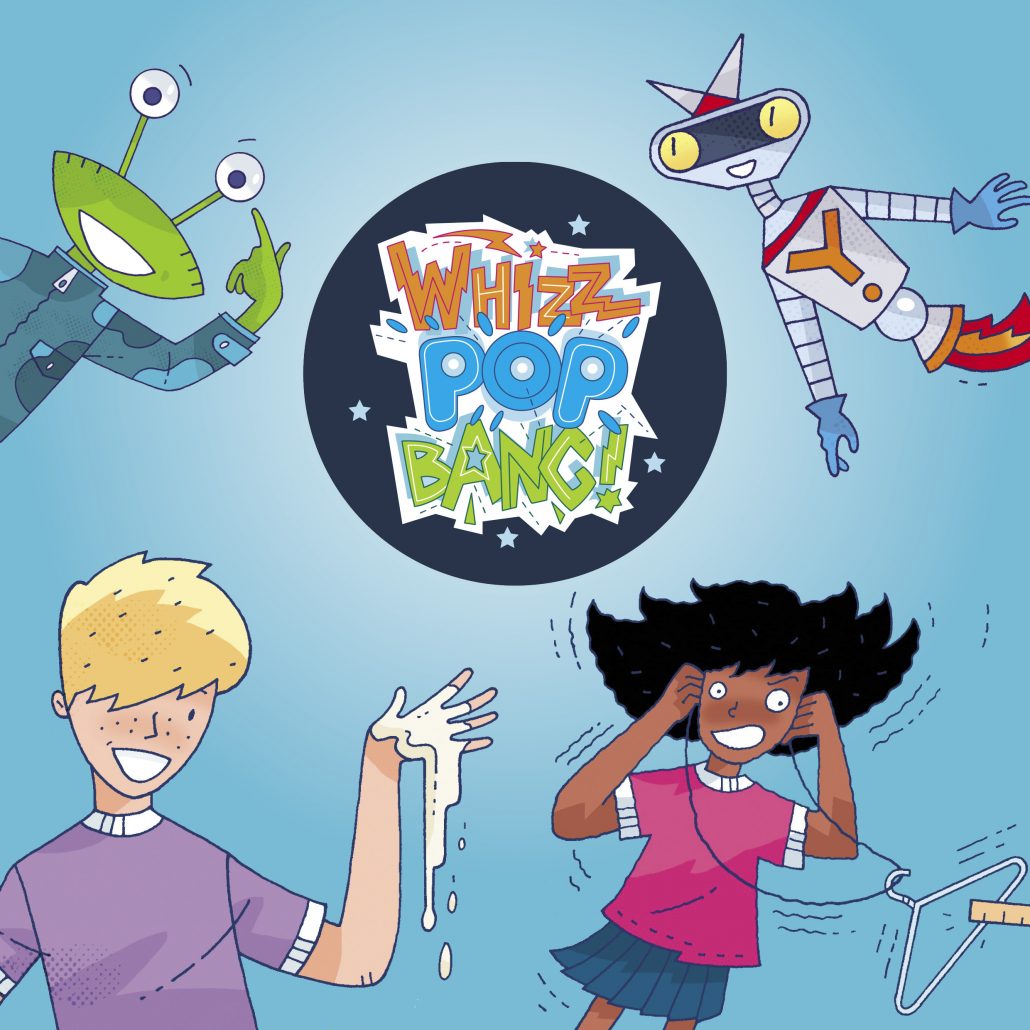
Come along to an exploration of your senses at this hands-on discovery session run by the makers of the most awesomely science magazine for kids, Whizz Pop Bang! You won’t believe your eyes, ears, noses, fingers or tongues in this interactive session full of weird and wonderful sensations!
Perfect for children aged 6 to 12.
Find out more about the festival at justsofestival.org.uk, where the line up has been announced! Discover a celestial celebration of the planets in The Observatory, step out of 2023 and into the future at The Future stage, hear stories galore in the Spellbound Forest, and so much enchanted adventure throughout the site. There’s something for every member of the family!
Whizz Pop Bang is an awesomely amazing monthly science magazine that brings science to life for children aged six to twelve (and their parents too)! There’s lab-loads of hands-on experiments, mind-boggling facts, puzzles, news and fun packed into each month’s magazine. Whizz Pop Bang sparks imaginations and inspires the scientists of the future from the moment it comes bursting through their letterbox. Subscribe today at whizzpopbang.com!
If you’re not lucky enough to be going to Just So Festival this year, but want to have heaps of fun with science, browse back issues in our shop now!


PVA glue is often used in crafts but it’s made from petrochemicals, the production of which is bad for the environment. Here’s a recipe for glue made from natural materials that works just as well!
You will need:
45 g plain flour
15 g sugar
5 ml (1 teaspoon) vinegar
100 ml warm water
Bowls
Spoon
Jug
Jar or tub with lid
What you do:
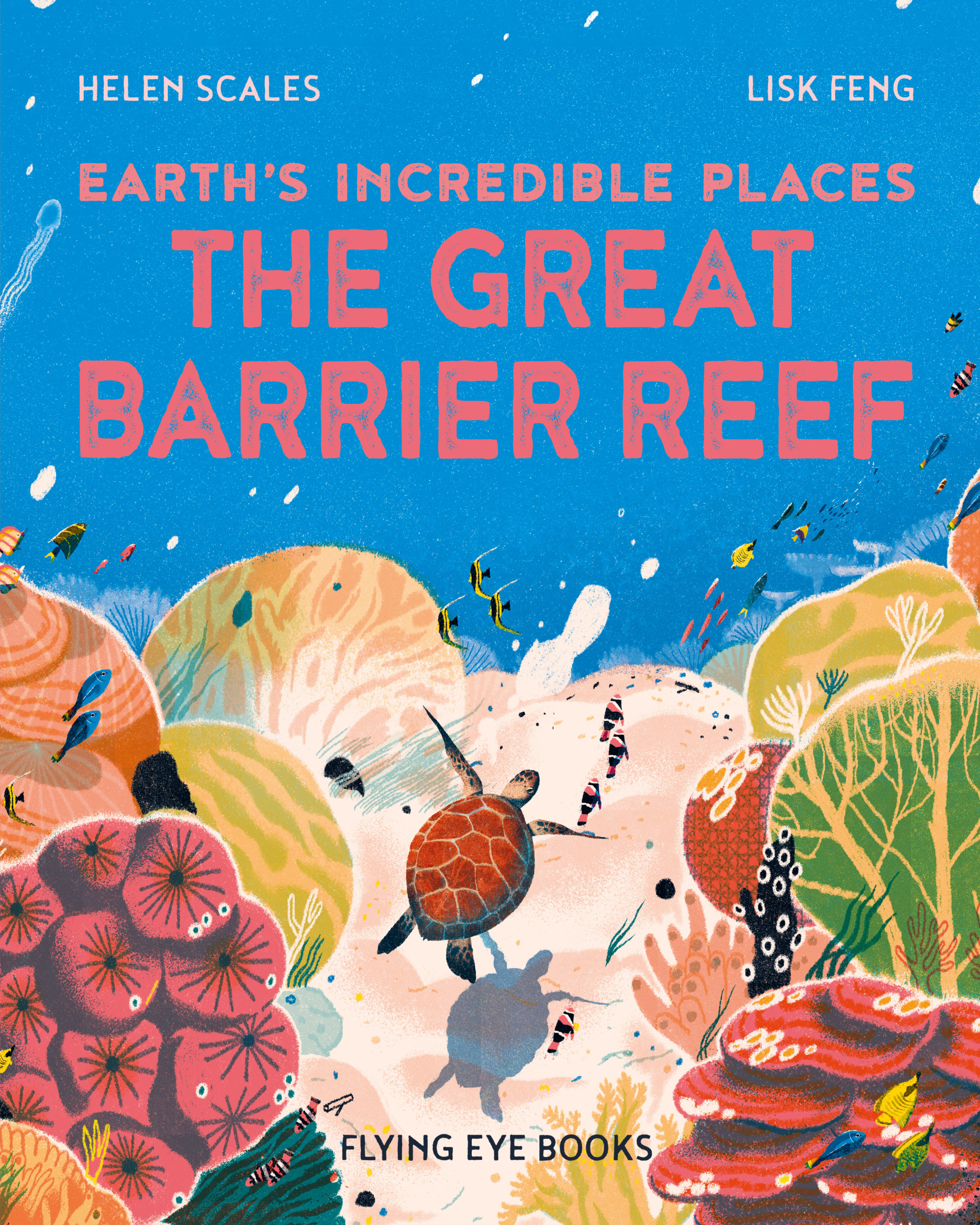
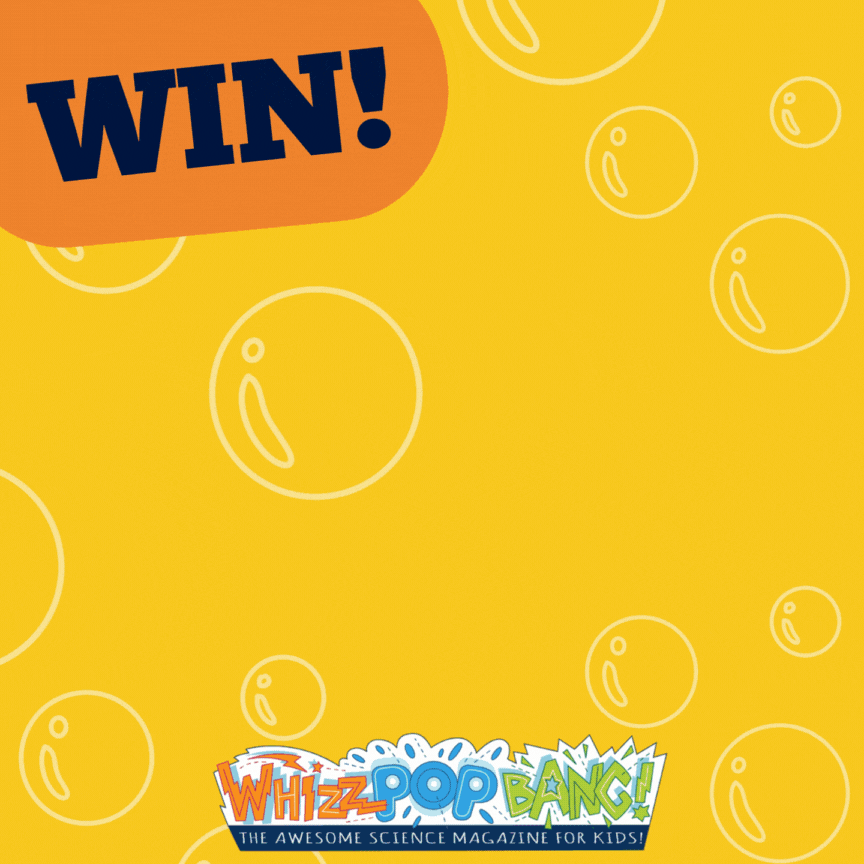
Helen Scales is a marine biologist, writer, broadcaster, teacher and scuba diver who stars as our Science Hero in Whizz Pop Bang 96: Coasts. Read more about her in this issue, now available in our shop. She tells us all about her exciting job, including some of the books she has written, and we’re so excited to have five sets of two of these books to give away to mini marine biologists!
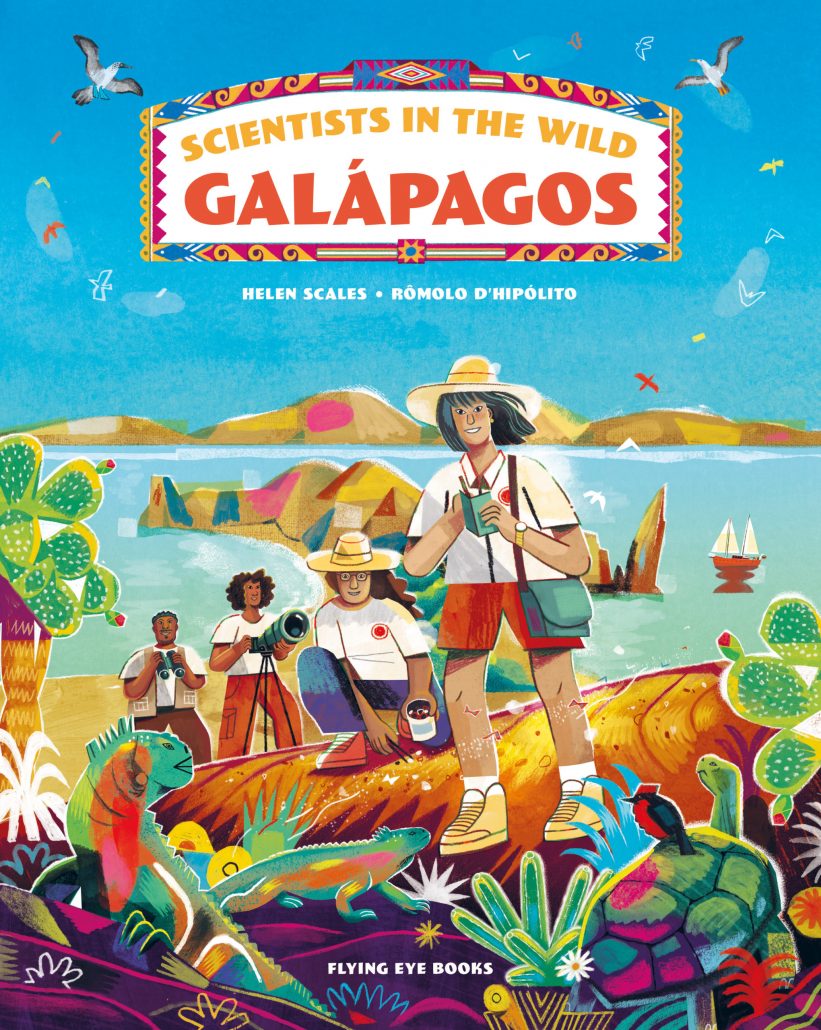
Scientists in the Wild: Galápagos by Helen Scales follows a group of marine biologists as they set sail to study the amazing wildlife and habitats of the Galápagos. To get the job done they will climb volcanoes, get sneezed on by marine iguanas, watch dancing birds, launch a deep-diving submersible and explore the dazzling underwater wonders of Galápagos.
Great Barrier Reef by Helen Scales (released 6th July 2023) introduces this incredible, intricate Australian ecosystem to young readers. Discover the plant and animal inhabitants of the Great Barrier Reef in this beautifully illustrated book, then find out what we can all do to ensure its survival.
To enter the competition, simply answer the following question in the comments:
Where is the Great Barrier Reef?
a) Australia
b) South America
c) Antarctica
The competition closes at midnight on 31st July 2023. For full terms and conditions, please visit: https://www.whizzpopbang.com/terms-and-conditions/.
Want to know more about Whizz Pop Bang – the awesomely amazing science magazine for kids?


We’re super excited to announce that we’ve teamed up with Laurence King Publishing and Insect Lore for May’s online competition which we are running on Instagram and Facebook only! Head over there to find out how to win this bumper prize!
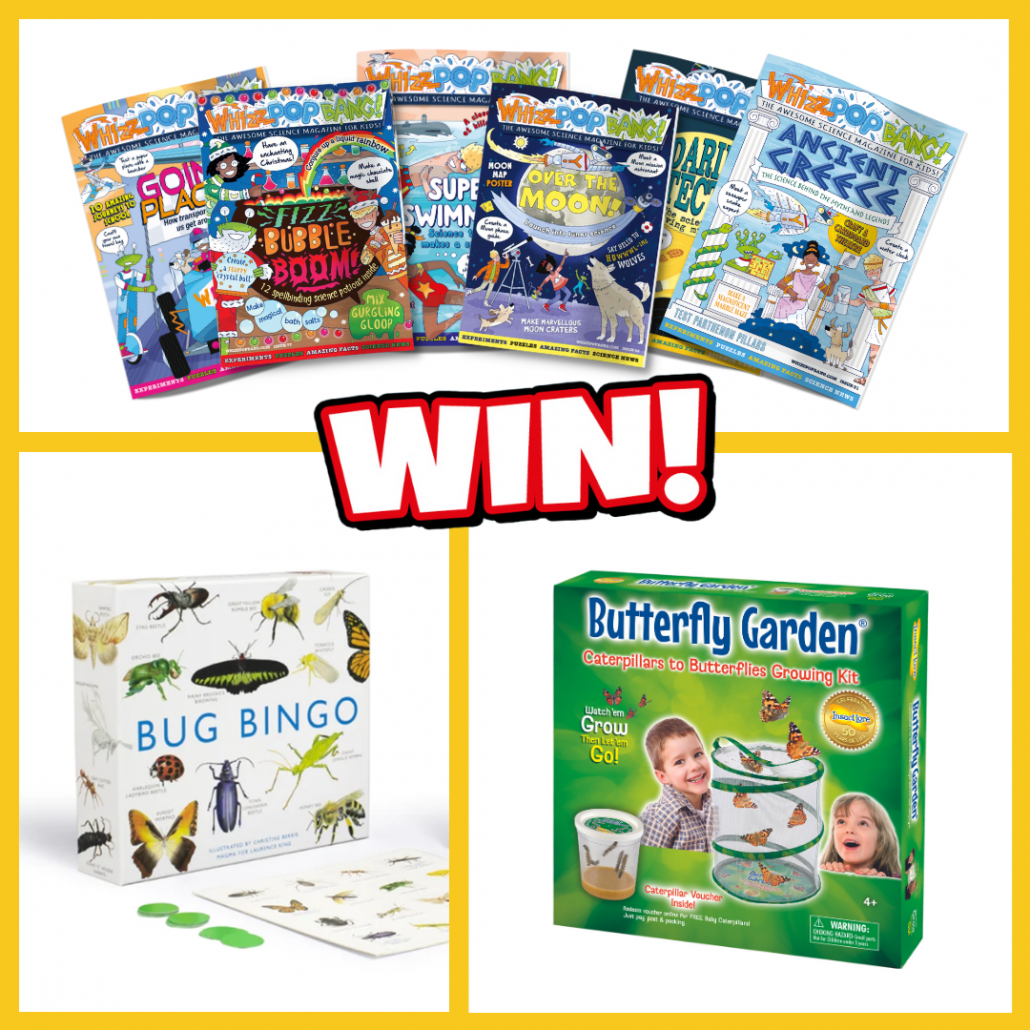
You could win:
Bug Bingo Game – This beautifully illustrated bingo game features 64 species of bugs from around the world. Identify all kinds of insects – from the giant hawker dragonfly to the kissing bug and the orchid bee to the sacred scarab – mark them off on your card and bingo! Bug Bingo brings a fun and educational twist to the traditional game as players learn the names and colourings of both favourite species like the honey bee and more exotic bugs like the vampire moth. Contains one masterboard, 64 superbly illustrated bug tokens, 12 bingo cards and brightly coloured counters for you to mark up your card, as well as a leaflet containing basic information and a few quirky traits for all of the bugs featured.
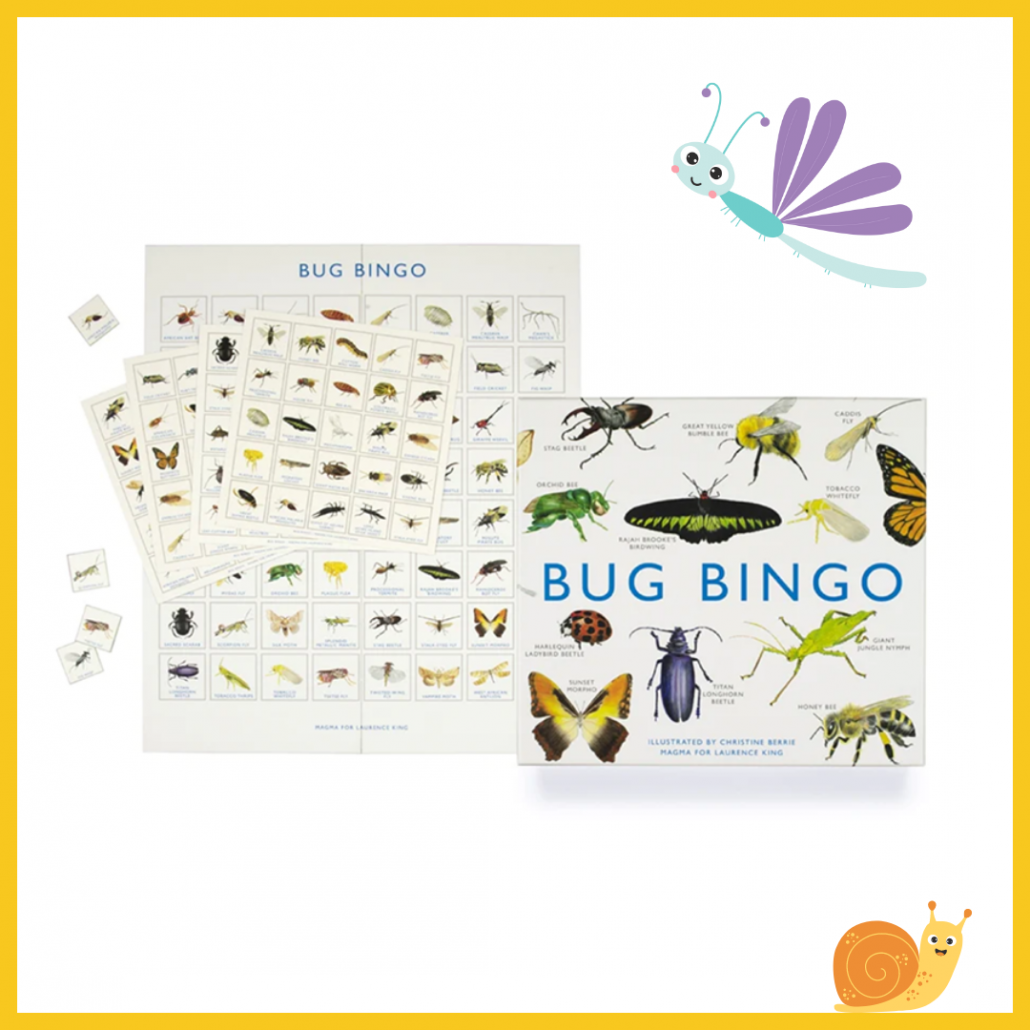
Butterfly Garden – Experience the miracle of metamorphosis with this unique Butterfly Garden! Observe caterpillars grow and change into butterflies, and then release them. The kit includes a 30cm tall reusable habitat for easy butterfly watching and a voucher for 3-5 caterpillars with food. Once you have received your caterpillars, they will eat, spin silk, and grow to TEN times their original size! After 7-10 days watch as they hang upside down and form their chrysalides! Then watch as they emerge as beautiful Painted Lady Butterflies and observe them for a couple of days before releasing into nature.
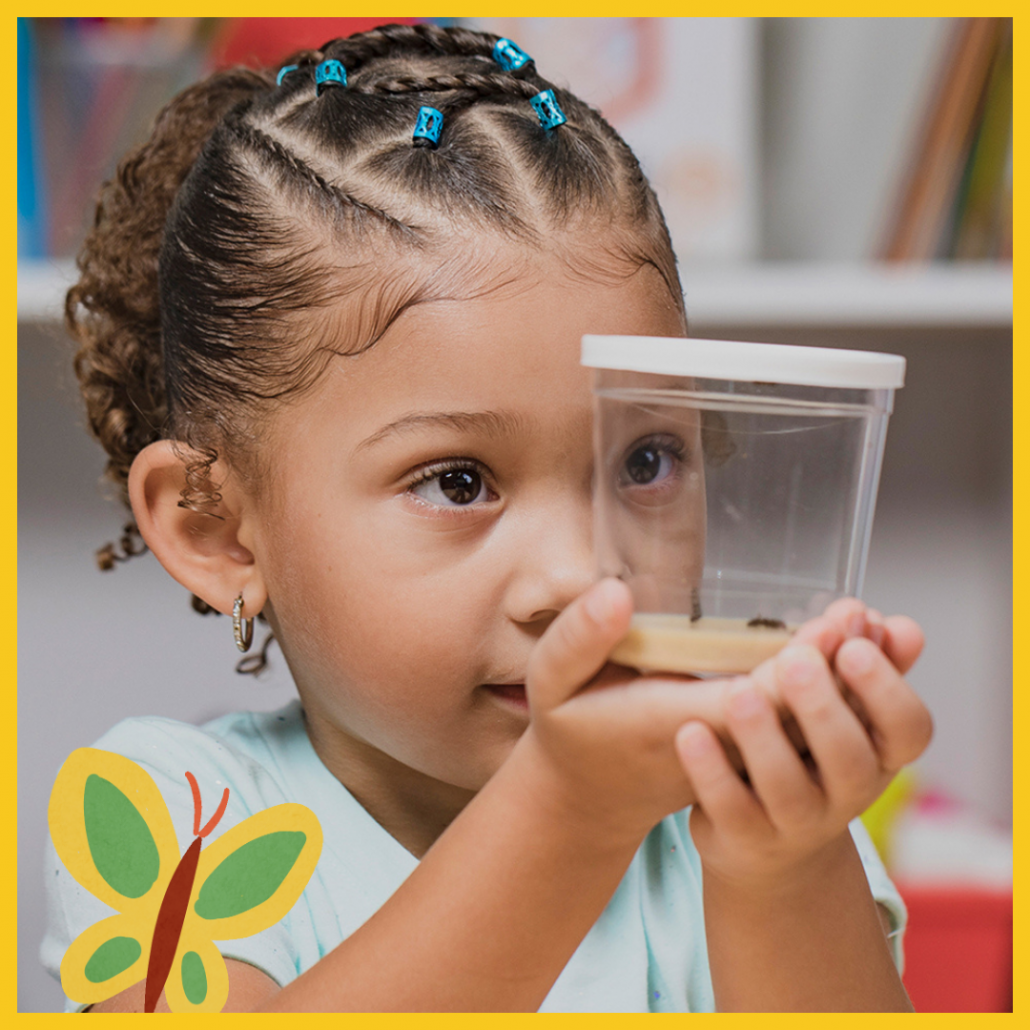
A 6-month magazine subscription for Whizz Pop Bang! Keep your young scientist engaged with a monthly magazine subscription filled with hands-on science activities, the latest scientific news, jokes, puzzles, and more! The best part? Loads of the supplies needed for the activities can be found in your kitchen cupboard.
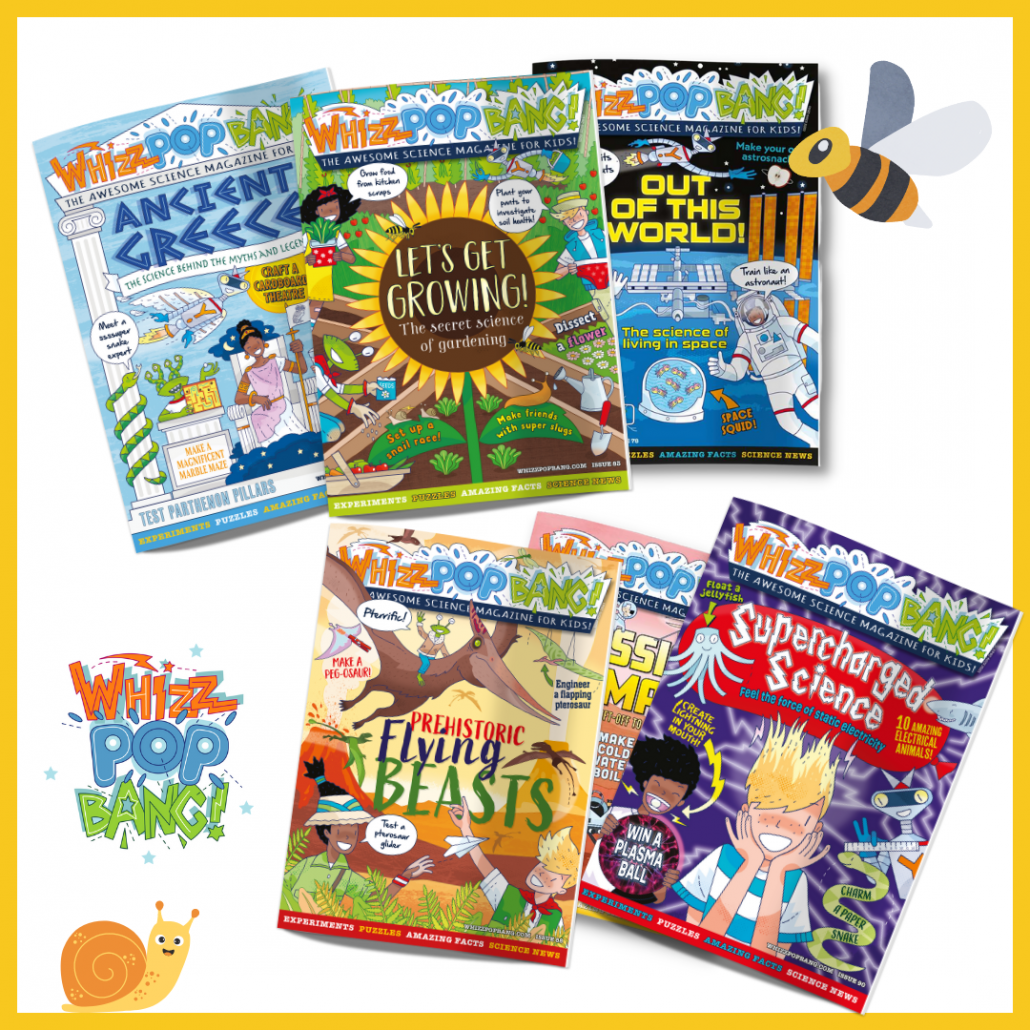
We are running this competition on Instagram and Facebook only! Head over to our socials to find out how to be in for a chance of winning one of three of these awesome bundles.
T&C’s: This giveaway closes at midnight on Wednesday 31st May 2023. One winner will be selected at random from all entries via Facebook and Instagram and will be contacted in the first week of June. This competition is open to UK residents only. Winner will be informed via your original comment by @whizzpopbangmag – please be wary of scams, do not give personal details or follow any links from other accounts. For full terms and conditions visit buff.ly/3ij98Q3 This competition is in no way affiliated, endorsed, sponsored or administered by Instagram or Facebook.
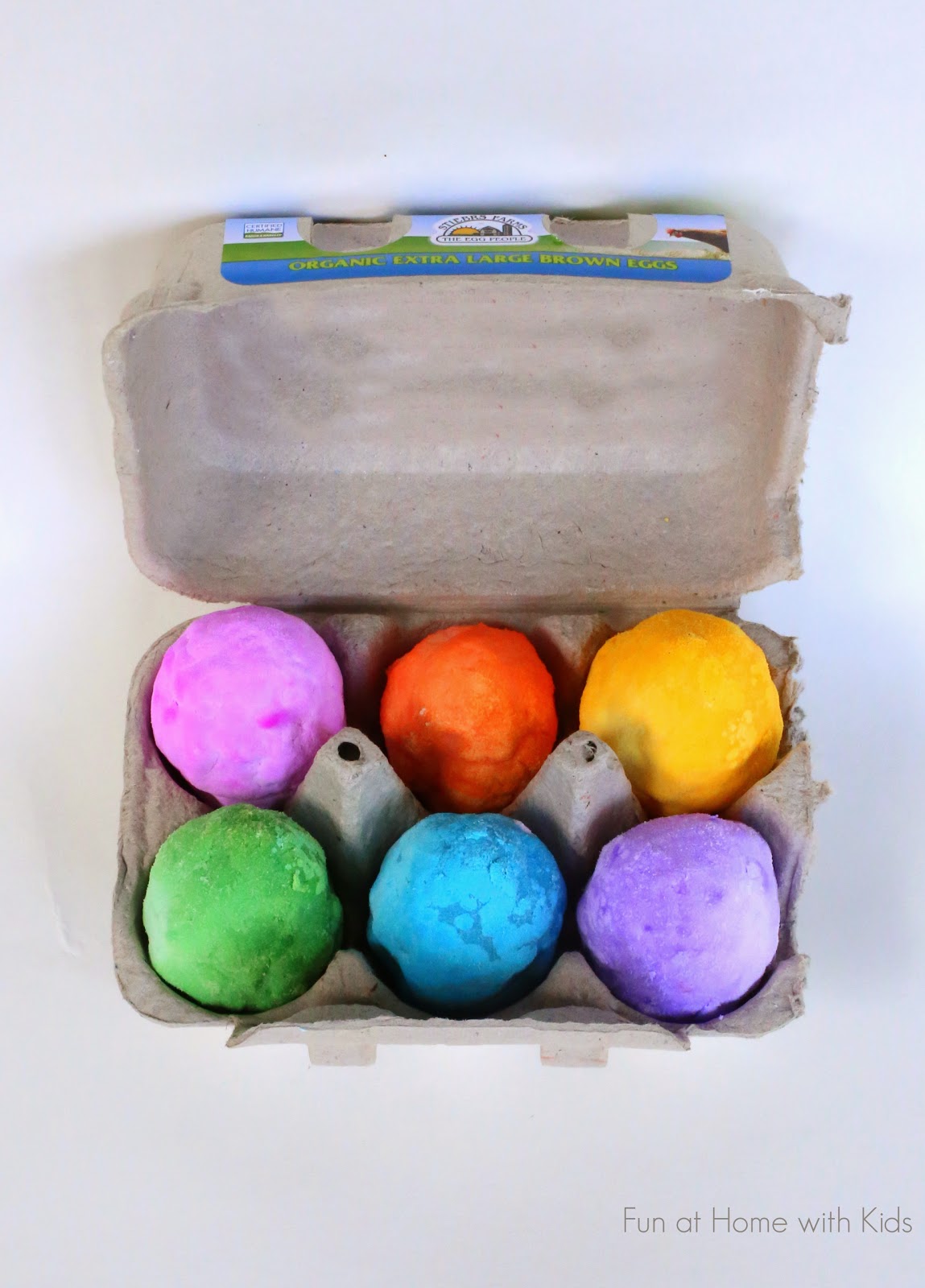
With Easter just around the corner, we’ve put on our thinking bonnets and come up with the best Easter science experiments, bouncing bunny crafts and fun egg activities to share with you. These simple, exciting science experiments are a brilliant way to keep young brains whirring all year round!
Round up the family, find some pens and paper and pop open a packet of chocolate eggs – it’s time to get quizz-ical with this Easter quiz! Suitable for children and adults alike, this quiz will get you wondering about the world’s largest eggs, rabbit anatomy, the science of chocolate and so much more.

This kitchen chemistry activity uses bicarbonate of soda (called baking soda on this site) and vinegar to create a fizzing reaction that is guaranteed to excite young scientists. Pop a small toy into an egg mould, fill with coloured water and a little bicarbonate of soda then put it in the freezer. Once frozen, use warm water and vinegar to set the toy free!
Head this way for the full instructions.
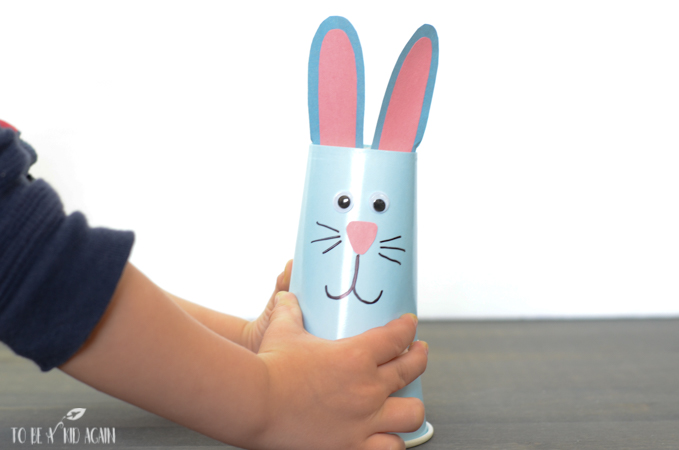
Turn two paper ups, an elastic band and some craft supplies into an Easter bunny that really bounces. Explore elasticity and forces with this fun Easter science activity!
Find out everything you need to know here.
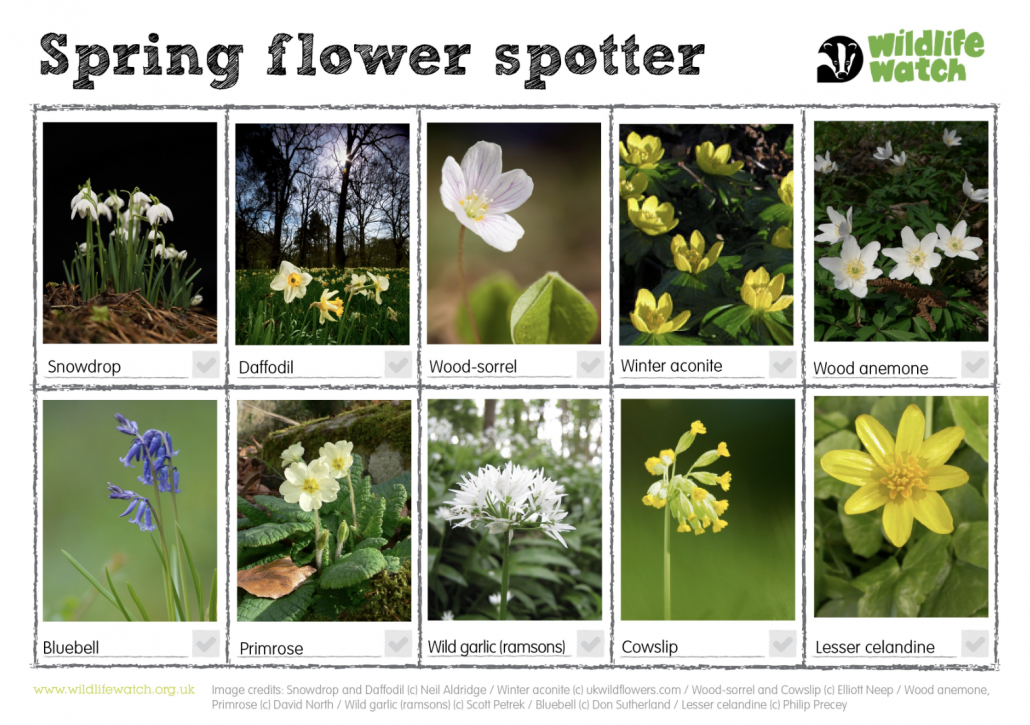
Do you know your celandine from your aconite? This printable treasure hunt is the perfect Easter holiday activity for all ages.
Find this nature quiz here.
Whizz Pop Bang’s Easter Eggs-periments booklet is packed with brilliant science activities, including…
🐣 Make dragon eggs
🐣 Grow egg geodes
🐣 Make a bunny bookmark
🐣 Puzzles
🐣 Crafts
🐣 Quiz questions
🐣 Jokes
And more! Best of all? It’s FREE!*
Buy anything from our online shop and we’ll send you a
FREE Easter Eggs-periments booklet!*To claim your free booklet, simply use the code EASTER23 when you purchase any product from the Whizz Pop Bang online shop.*
* Offer valid until midnight on 01.04.23 on Whizz Pop Bang products purchased using the coupon code EASTER23. Not valid in conjunction with any other offer. Orders will be dispatched by Royal Mail within two working days. We recommend ordering by 28.03.23 for delivery in time for Easter but cannot be responsible for any delays to delivery.
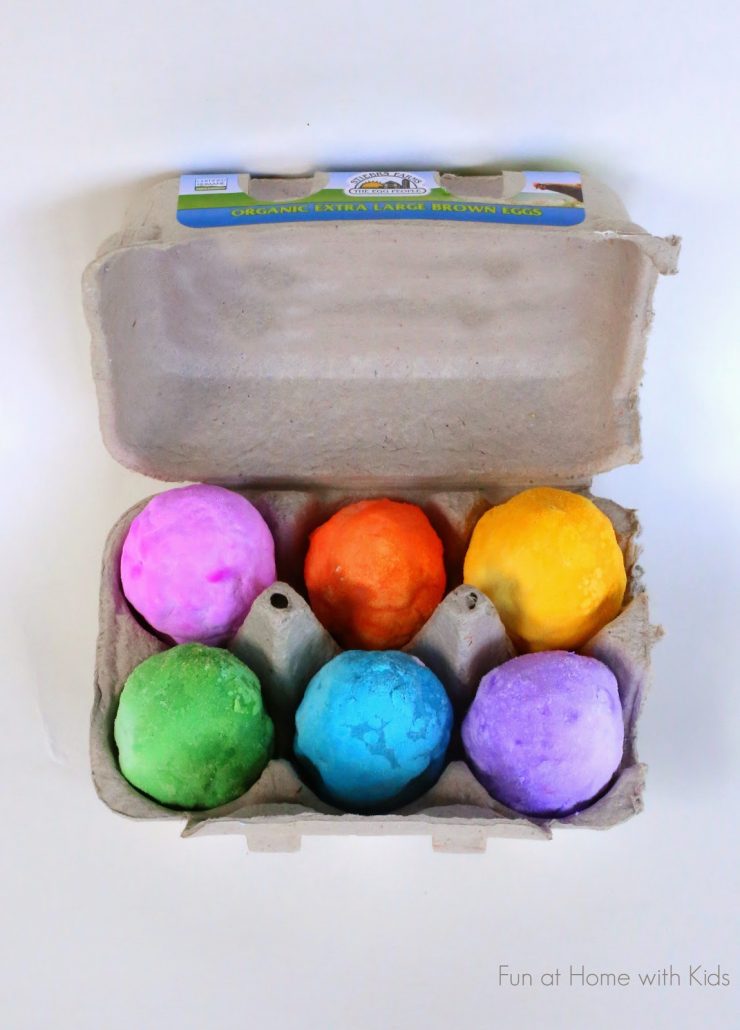
We can’t get enough of fizzy eggs at Easter! This blog post includes a brilliant foaming variation using washing up liquid.
Find out how to give it a try here.
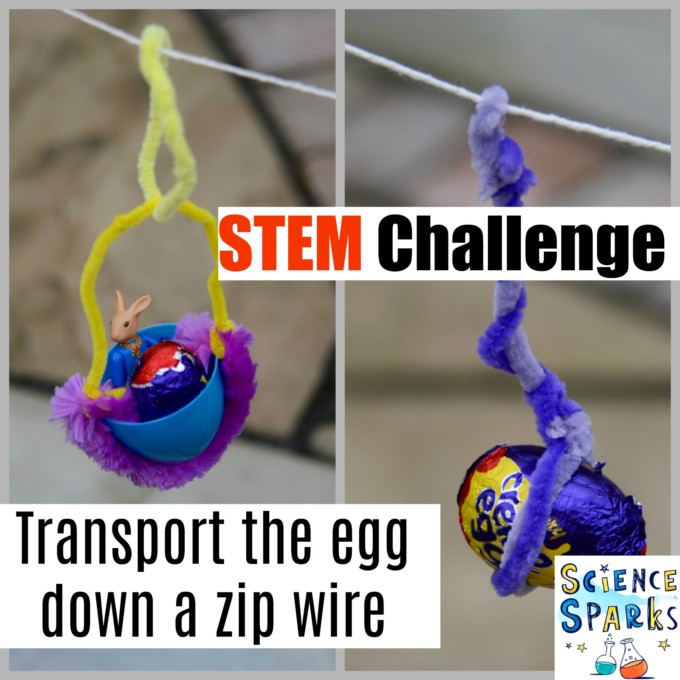
Our friends at Science Sparks challenge you to build a harness that can safely transport an egg (chocolate or chicken!) down a zip wire.
Are you up to the challenge?
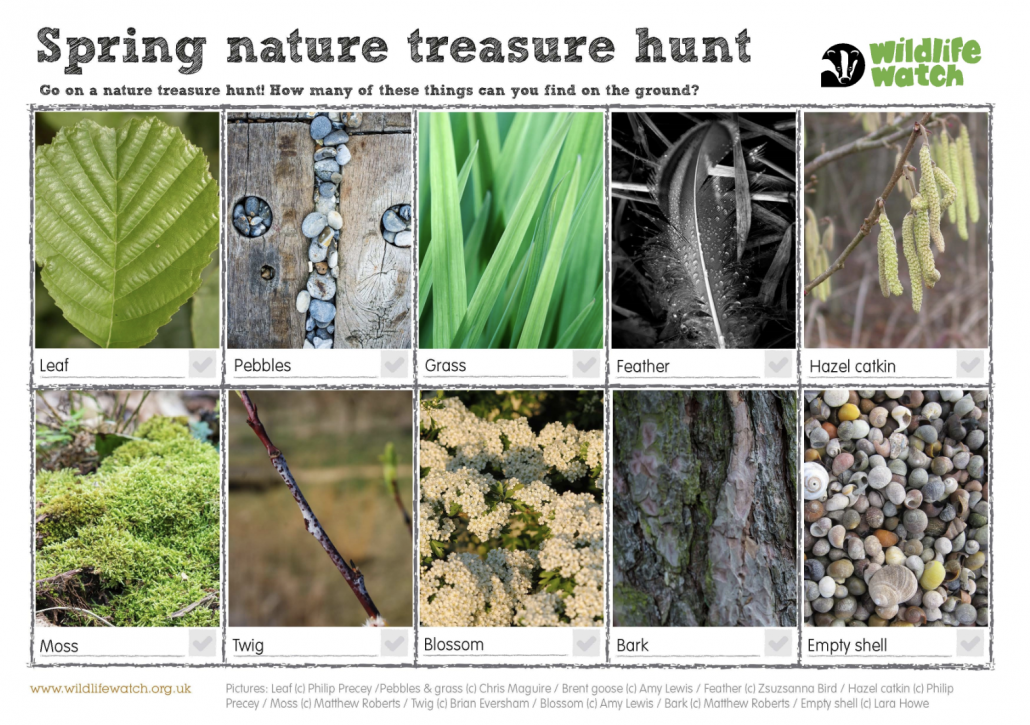
Transform a nature walk into a treasure hunt with another fab printable from Wildlife Watch.
Find this activity here.
Warmer days are on the way so it’s the ideal time to plant some seeds, start growing some food and see some amazing science in action!
Make like a rabbit and experiment with carrots! Investigate osmosis from your kitchen table using two simple ingredients: carrots and salt.
Want to explain osmosis to kids? Here goes…
Water moves from an area of low salt to an area of high salt – balancing the water on both sides.
In this experiment, when a carrot is placed in very salty water, it will be less salty than the area around it. This causes the water in the carrot to move out of the carrot and into the cup. The result is that the carrot becomes limp and tastes saltier than before.
PS We agree with the end of this video – don’t eat the salty carrots!
Enter to be in for a chance of winning one of four awesome Master Detective Toolkits from Thames and Kosmos!
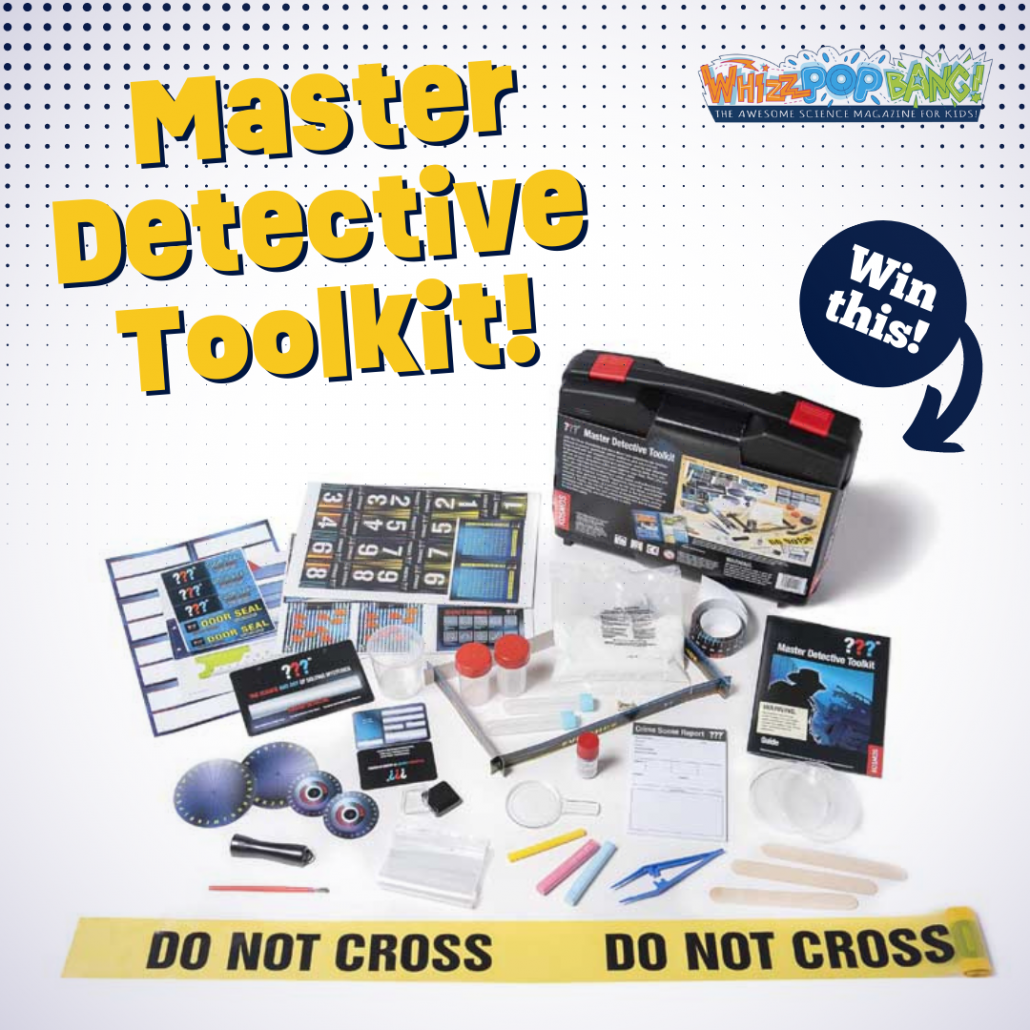
Learn about how real detectives use forensic science to answer questions, gather evidence, and solve crimes. You’ll begin by setting up your detective’s office, then hone your observation skills with exercises. Move on to secure a crime scene and gather and document evidence such as fingerprints, footprints, and tyre tracks. Afterwards, head to the lab to analyse the evidence and learn about deciphering codes, writing with invisible ink, and communicating with secret symbols. Finally, you can apply all your skills and knowledge to solve a mock crime presented in the accompanying manual.
This 32-page book is full of illustrations and step-by-step instructions to guide you through your investigation. Start your adventure today and become a master detective!
For your chance to win, simply answer this question in the comments:
What animal helps the police solve crimes?
a) Cats
b) Dogs
c) Penguins
This competition closes at midnight on 31st March 2023. For full terms and conditions visit https://www.whizzpopbang.com/terms-and-conditions/